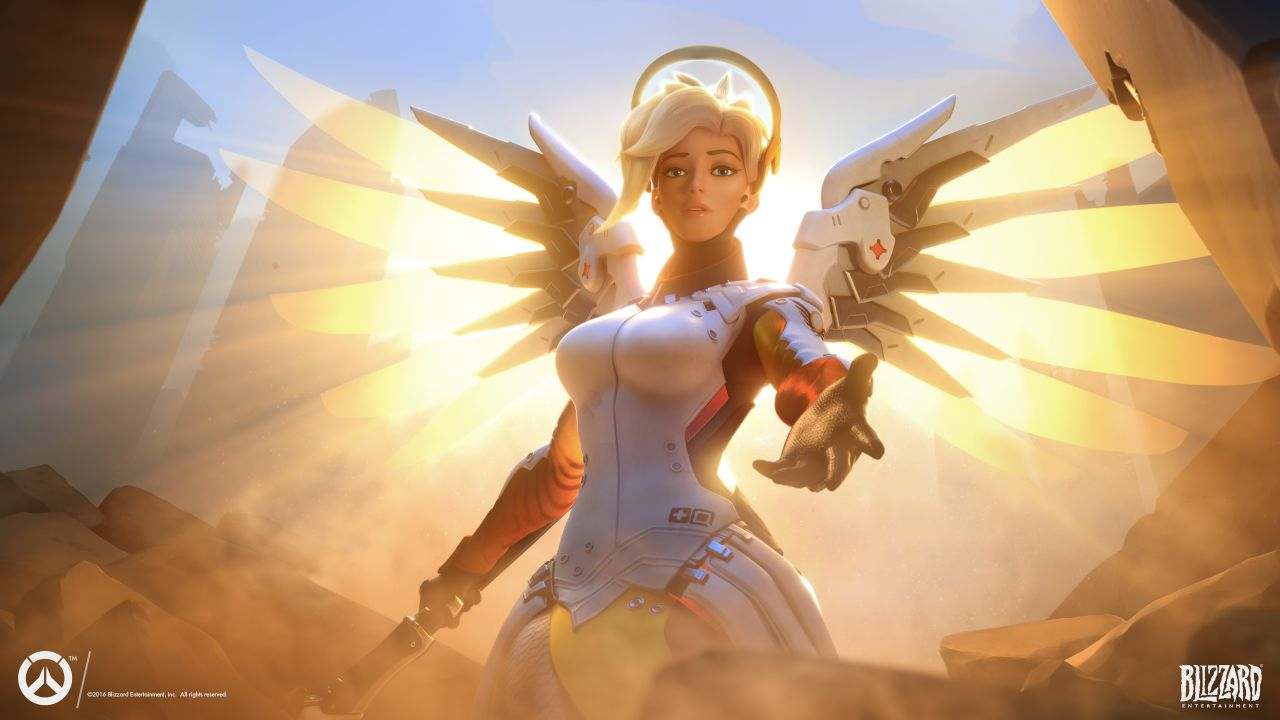The Olympics are all about emotion – the drama of world-class competition, the pageantry of medal ceremonies, and the moment-to-moment celebrations of the human spirit in action.
Futuristic Technology At The Olympics: AI, IoT, And Robots
Adobe Stock
The 2022 Winter Games kicked off on February 4th in Beijing, China. Despite the fact that the Games feel a little different because of COVID restrictions, nearly 3,000 athletes from 91 countries are competing in 109 events across events like alpine skiing, figure skating, ice hockey, luge, bobsled, snowboarding, and speed skating.
And behind the scenes, there are huge technological advances helping athletes become better, faster, and stronger.
Let’s take a look at how artificial intelligence, the IoT, and intelligent devices are being used at the Olympic Games.
Enhancing Athlete Performance with AI
Teams looking for a competitive edge are using AI technologies for player training, performance, health, and safety. That includes things like:
● Cameras and sensors in equipment like bike pedals or shoes that can continuously stream data to coaches, so they can make adjustments.
● Smart wearables and that measure lung capacity, heart rate, and movement, so sports physicians, physical therapists, and team doctors can reduce injuries and help players heal faster.
● Monitoring equipment that helps coaching staff predict the next move of the opposing team or individual competitor.
● AI programs that can analyze performance data to create personalized solutions for training, rest, and nutrition.
● AI-enabled physical tests that can detect early signs of fatigue or stress-related injuries.
Engaging Fans with Real-Time Data
Artificial intelligence tools like computer-vision cameras give the Olympic audience the ultimate viewing experience.
AI-powered 3D Athlete Tracking (3DAT) uses cameras with computer vision and artificial intelligence to give fans near-real-time data during races and events. AI provides biomechanical analysis of athlete speed, distance traveled, and time remaining to display on screen and use in overlays during replays.
Upcoming viewer-oriented innovations around scoring, positioning systems, and timekeeping are currently in development for the 2028 Los Angeles Games.
Refining Curling in Beijing with a Robotic Coach
Inventors and scientists at the Harbin Institute of Technology (HIT) in China created a robotic curling coach that uses a combination of image recognition, AI, and an automatic control system to help teams refine their performance.
The robot simulates the curling throwing process, which can help athletes predict potential game situations before they occur. The HIT team will unveil the robotic curling coach to the world at the Beijing Olympics.
Get a little preview of how the robot works in this short video:
Robot Chefs and Bartenders Take Over the Kitchens in the Olympic Village
In an effort to keep the spread of COVID-19 under control at this year’s games, organizers decided to bring in robot chefs to prepare and deliver meals onsite for the athletes and their support teams.
The advancements include things like:
● An AI-enabled chef-bot that prepares burgers and other hot meals
Coffee A coffee robot that grinds beans and brews java
Ceiling A ceiling-mounted robot arm that delivers meals to people sitting in socially-distended cubicles
Super-efficient bartender robots that mix up favorite cocktails
Watch the kitchen and bar bots in action in this video:
AI, robots, and the Internet of Things are playing a key role at this year’s Winter Olympics – so look for some of this cutting-edge technology as your cheer for your favorite athletes this year and beyond.
To stay on top of these and other trends, sign up for my newsletterand check out my books’Tech Trends in Practice‘and’Business Trends in Practice. ‘












